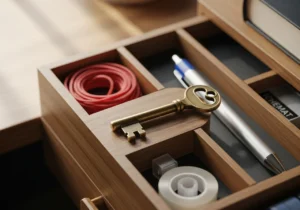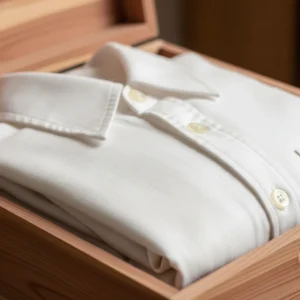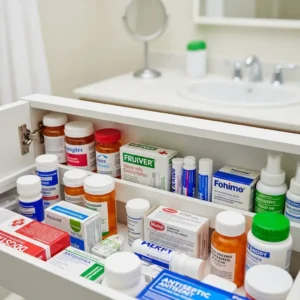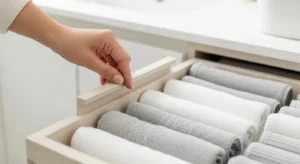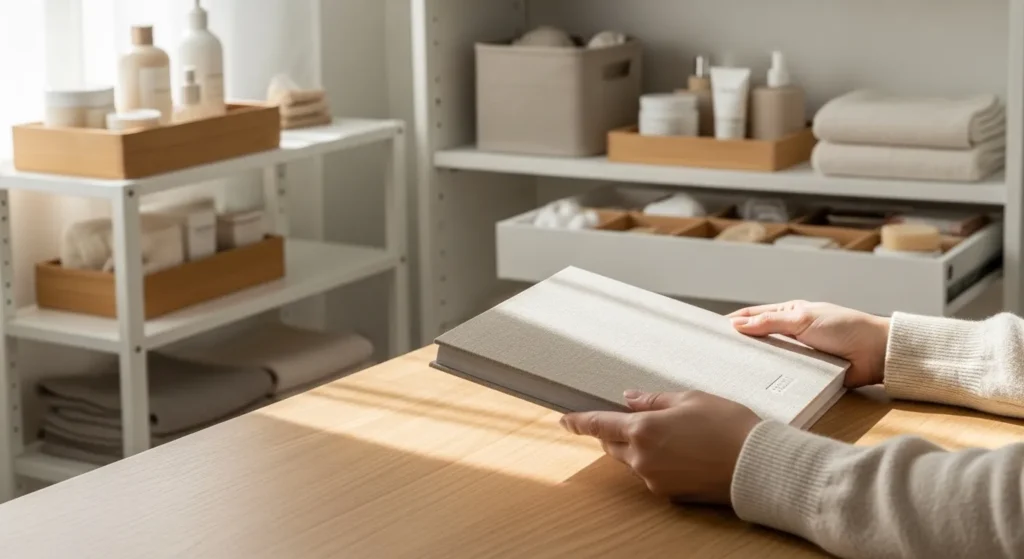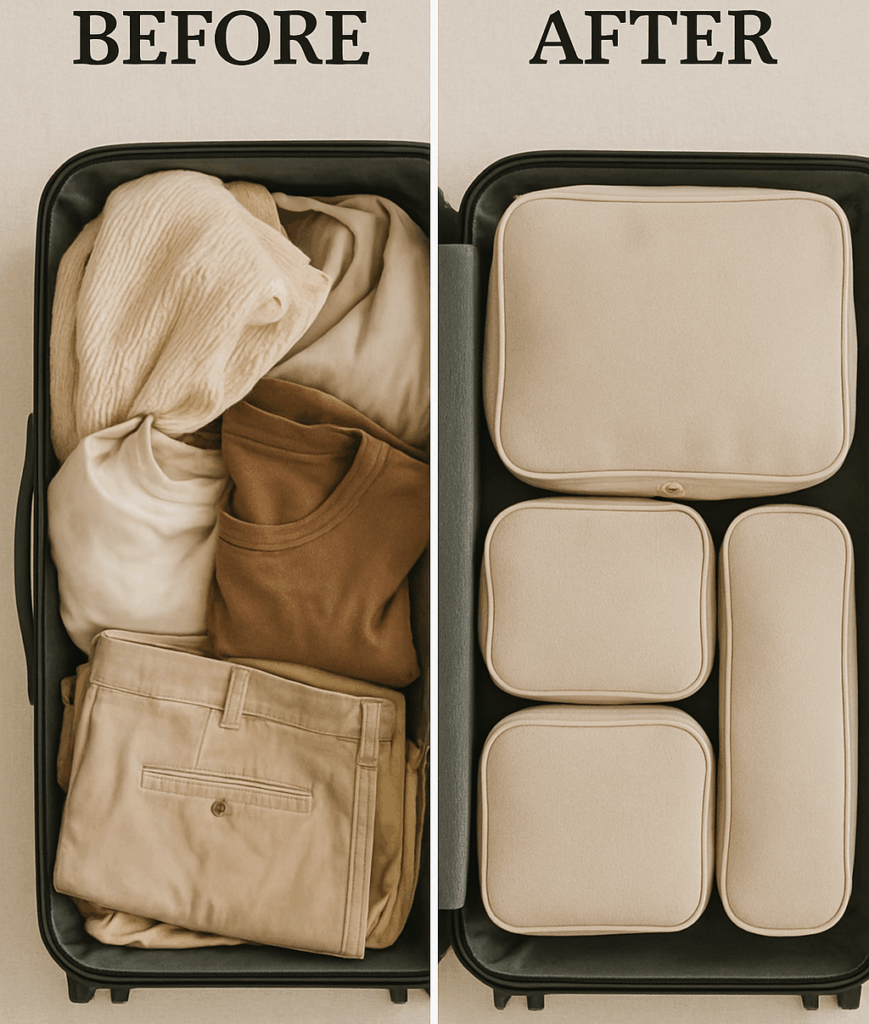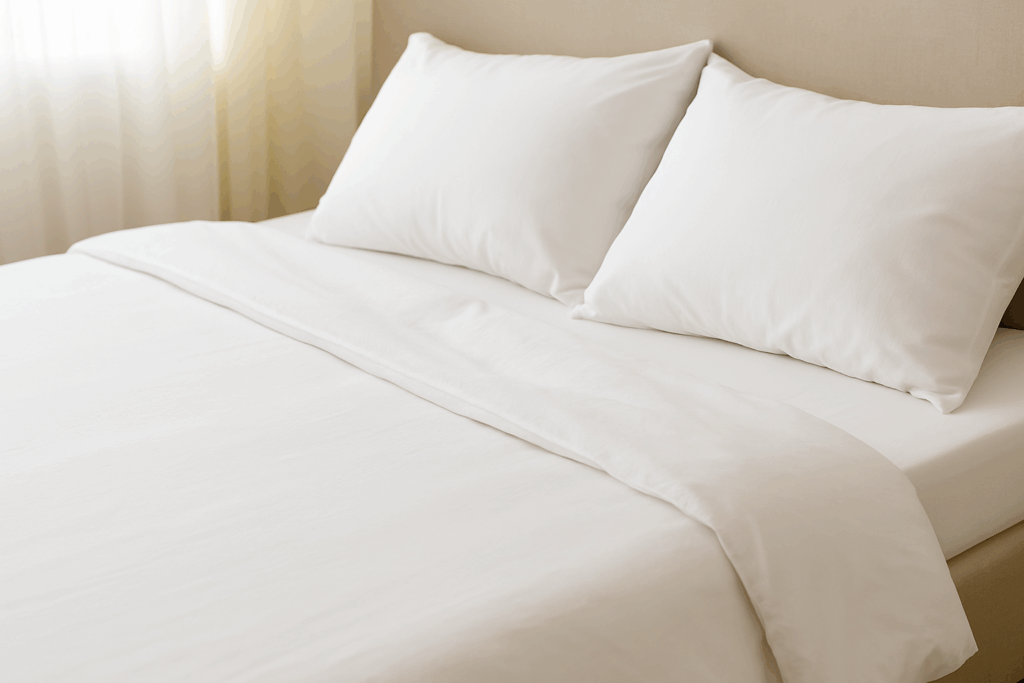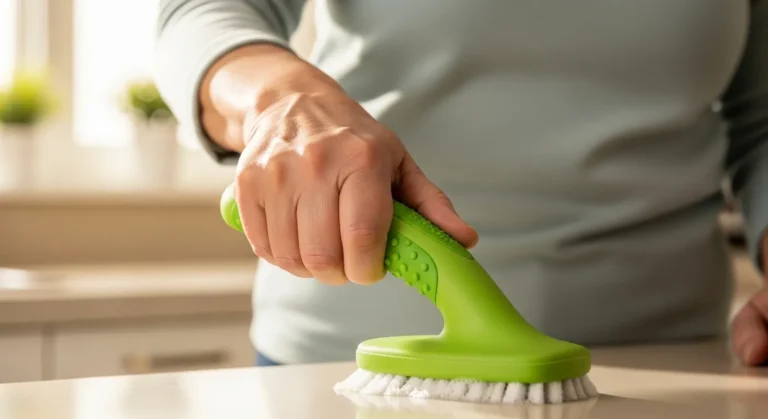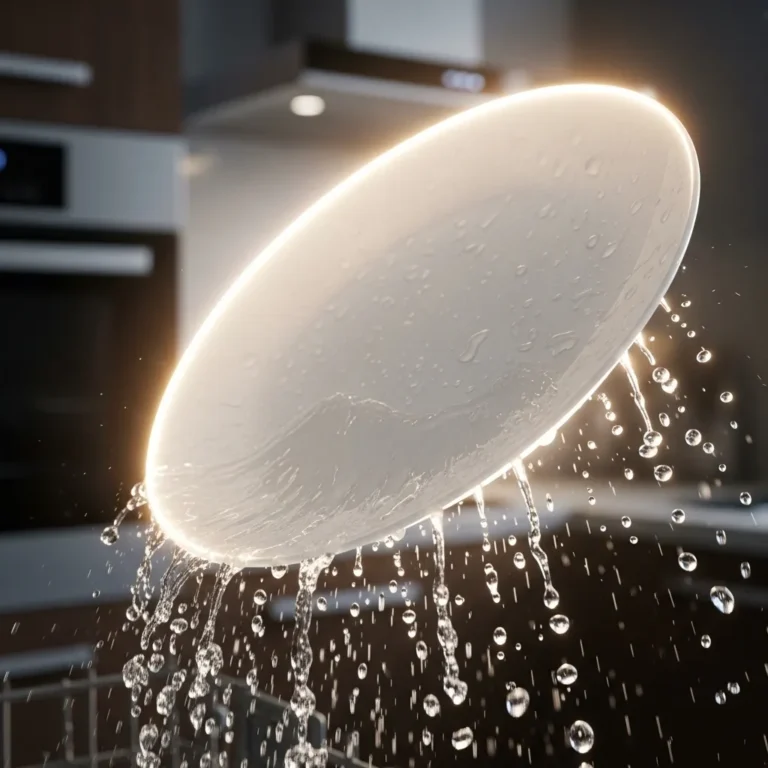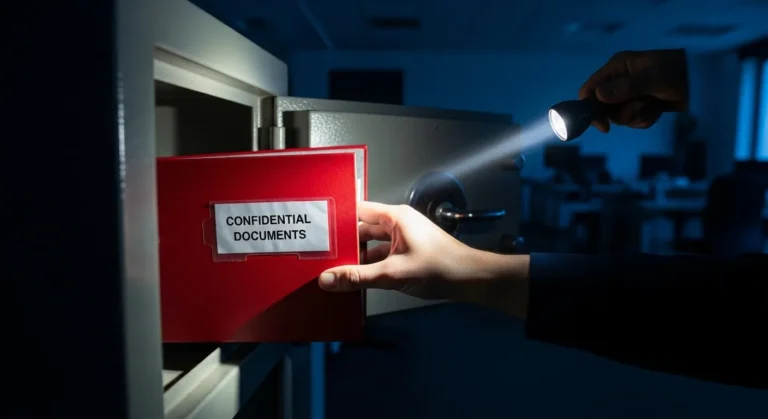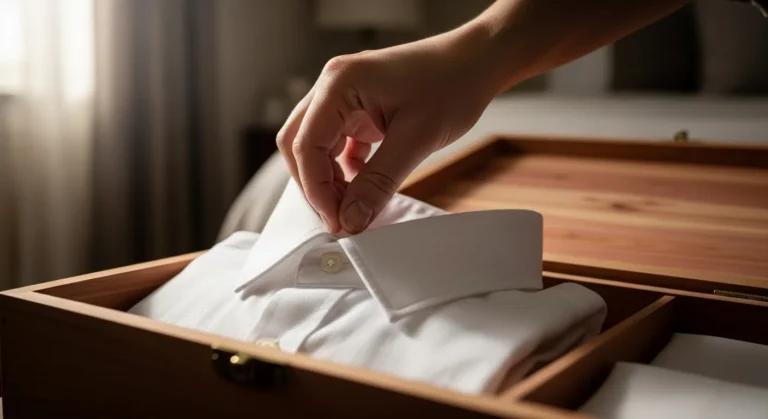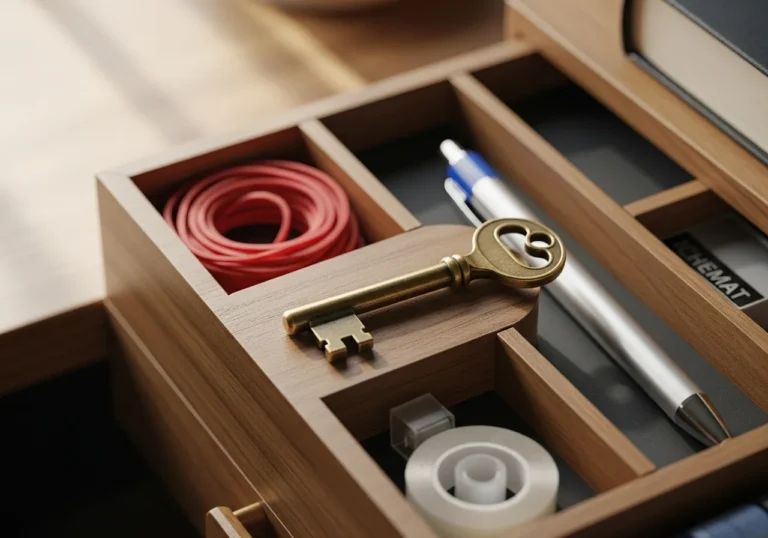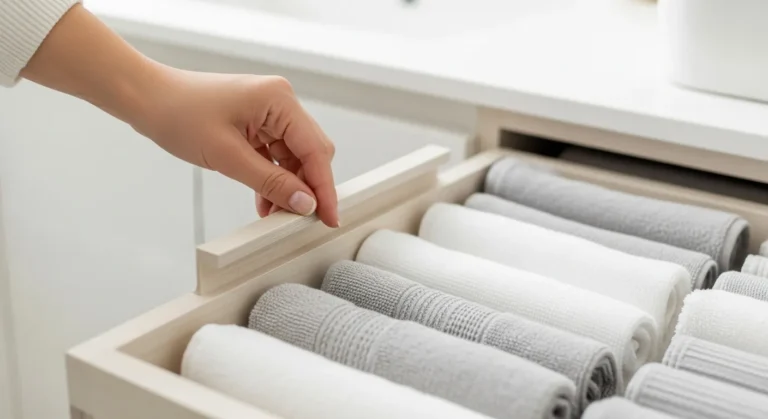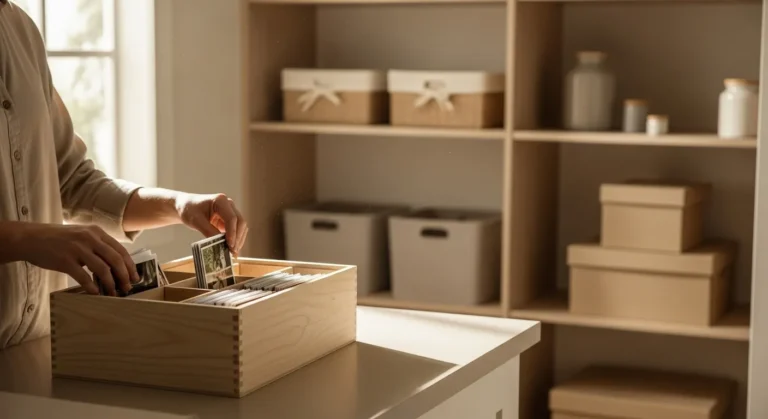Do you have any household leaks and have no idea why?
Keep reading, because you’re about to find out all the reasons this disaster occurred to you! I don’t know if you’ve ever thought of that, but sanitary sewer systems and running water are some of the things we couldn’t live without because they’re fantastic improvements to our lives’ quality.
However, if you’re unfortunate enough to be the victim of an issue with drain lines, pipes, plumbing fixtures, or any other appliance that uses water, you could experience household leaks.
While this problem is manageable, you need to pay close attention to it, because if not, you could experience severe damage in the long run, such as rot, ceiling and wall discoloration, mold growth, peeling paint, sagging floors and ceilings, a decrease in the water pressure, and, of course, increased water bills.
One of the most important home maintenance steps is making sure you do everything you can to prevent household leaks from happening. Prevention is always better than treatment, so if you have no idea why household leaks could happen in your home, read this article to discover all the reasons behind this annoying problem!

1. Worn-out seals
The tubs, sinks, and toilets in your place aren’t the only things that could lead to household leaks. There are other items in your home that function with the help of water, including your dishwashers, washing machines, and refrigerators, so they can all trigger problems.
To prevent any potential household leaks, you should always check if the washers or the seals on these appliances become worn, old, or twisted, so you have enough time to solve the issue before it gets worse.
There are plenty of things that could give your household leaks, keep reading!
2. Corroded pipes
Nowadays, plenty of homes have plastic or copper pipes, but there are many of them that still have lead and galvanized iron pipes as their primary option for pumping water in their homes.
Experts say that there are quite a few problems with these materials, one of them being that these substances can contaminate water, and the other being that the pipes can degrade over time and the exterior could get thinner and thinner.
If your pipes are made of one of these two dangerous substances we’ve previously mentioned and you don’t want any household leaks, you should take a look at them each time you have the chance, so in case of corrosion, you can be quick to act.
Otherwise, you might experience unpleasant household leaks, especially near damaged and old connections and joints. The worst thing that can happen if you don’t take care of these pipes is a home flood.
For best results and to prevent any potential issues, experts recommend repairing damaged copper pipes and leaking ones and replacing those ancient lead or galvanized pipes and fittings with new plastic plumping and copper pipes.
3. Invasive tree roots
Another reason you might experience household leaks is destructive tree roots. While greenery is one of nature’s wonders, trees have the tendency to seek out high-moisture areas and grow their massive roots toward these places to draw in water from deep underground.
If there’s already a leaking water line there, it creates the perfect environment for tree roots to thrive because it turns into a high-moisture area and draws every nearby tree root.
After a while, those tree roots develop, and in severe cases, they can wrap around or even pierce through your water line, causing a household leak in your gorgeous yard.
Don’t forget to check and see if there are any sinkholes or wet patches in the yard, and see if there’s a sudden drop in your water pressure. If you see any of these signs, call a plumber ASAP to check if there’s any root intrusion.
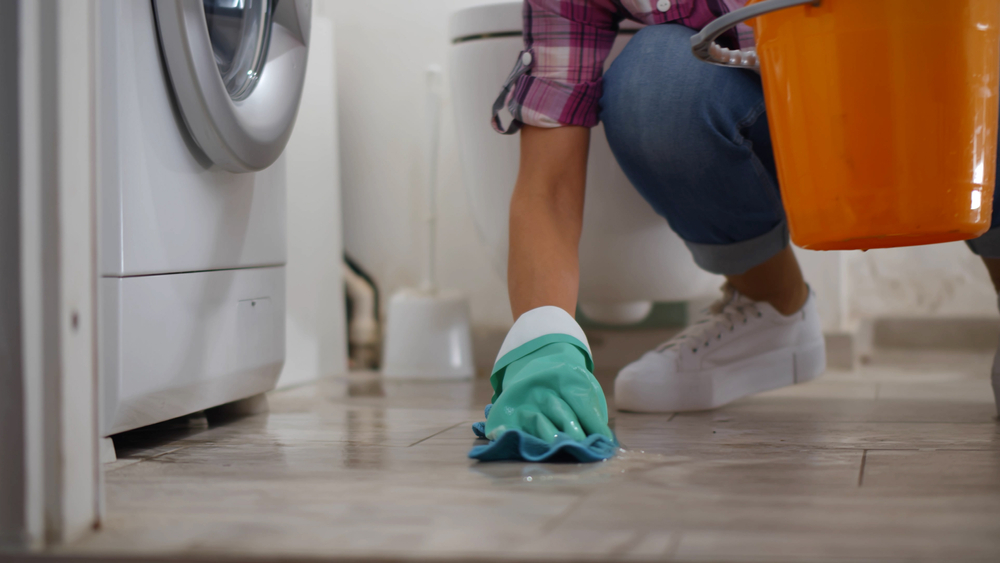
4. Faulty toilets and faucets
Unfortunately, unless you pay attention to your water bills, you might not even notice that you have a household leak, especially if it doesn’t cause decay or water damage.
When a toilet keeps running, for instance, the water flows straight down the drain, and a similar issue can occur when faucets leak and water keeps running into the sink.
If you notice that there might be a household leak, you should replace the flapper or reduce the flapper chain to stop your running toilet. However, if the water keeps running into the sink, you might consider replacing your faucet.
There are many other things that could give you household leaks, so keep reading!
5. Cracked tub or sink
Basins, sinks, and tubs are designed to catch and redirect the water flow into an open drain, but if the body is damaged, a household leak is going to show up, causing mildew, mold, and rot. A crack can occur due to many reasons, such as general wear and tear, constant use, corrosion, or impact damage.
You should immediately stop using a damaged item if you see any cracks spreading around its surface. You can solve this problem all by yourself in the DIY style, or you can call a professional to replace the broken object.
Household leaks aren’t that easy to deal with, so it’s best to always be ahead of the game! Keep reading for some useful tips!
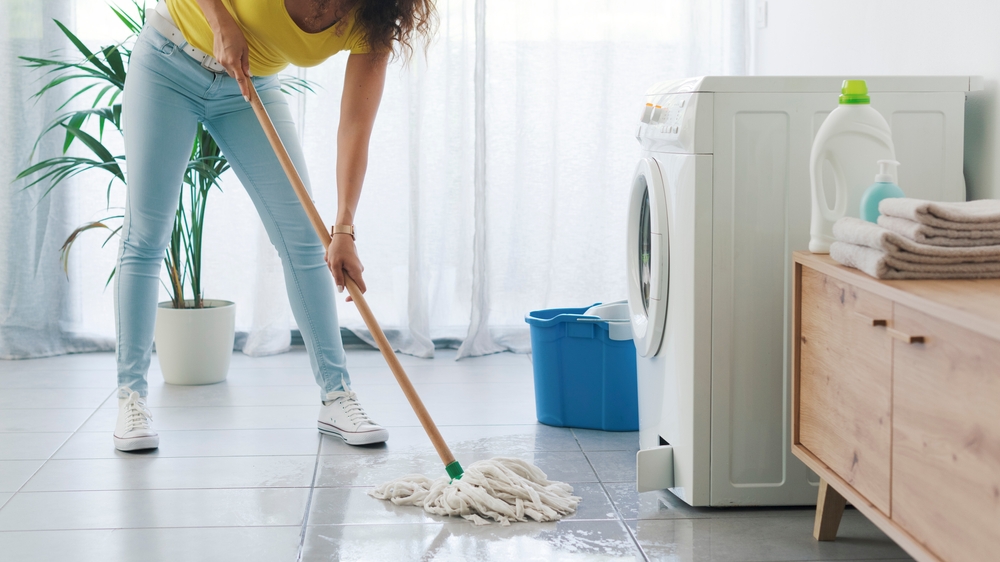
6. Clogged drain lines
When your drain line clogs, bad things can happen because the water that would typically flow into the sewer or septic tank is left without a place to go.
Instead, when the extra water is put down the drain, you might notice that the drain line fills up and the water completely overflows into the appliance, sink, tub, or laundry basin.
Here’s something important: if you observe that your tub, sink, or even an entire section of your house isn’t draining correctly, you should immediately stop pouring water down the drain. The reason why I’m telling you to do such a thing is that in particular cases, a blockage might even result in a burst pipe.
If you want to solve this issue in a DIY style, you can use baking soda and vinegar to unclog your drain. However, if this simple homemade method doesn’t produce a strong chemical reaction, you might need a plumber’s snake or a drain auger.
If you have plumber leaks and need a plumber’s snake to help you with your issues, click here for a great and affordable product!
7. Ruptured water heater
Another sign there’s a household leak and you should take care of this ASAP is a ruptured water heater. Generally speaking, a gadget like this works for around 8 to 12 years before you need to replace it.
However, just like with any other device, if the conditions you keep it in aren’t right, it might get damaged over time. In the case of this much-needed device, when there’s a high amount of sediment in the water, it might cause your tank to corrode a lot faster than normal.
Unfortunately, only a tiny leak in the water heater can cause water to constantly flow out of the tank and into the home, leading to a major household leak as well as mold growth and rot.
I’m sure you want to avoid a potential household leak at any cost, so you can keep problems at bay by regularly checking whether your water heater is in good condition or not.
If you notice a slight leak in the tank, you should immediately turn off the flow of the water heater and pick up your phone to call a water heater technician or a professional plumber to come and inspect your gadget.
Did you find this article about household leaks useful? Have you ever experienced any household leaks? Leave a comment down below and let me know! If you want to discover any other useful tips from Wipe and Organize, click here: Can’t Get Crystal Clear Dishes out of the Dishwasher? This Is Why!

